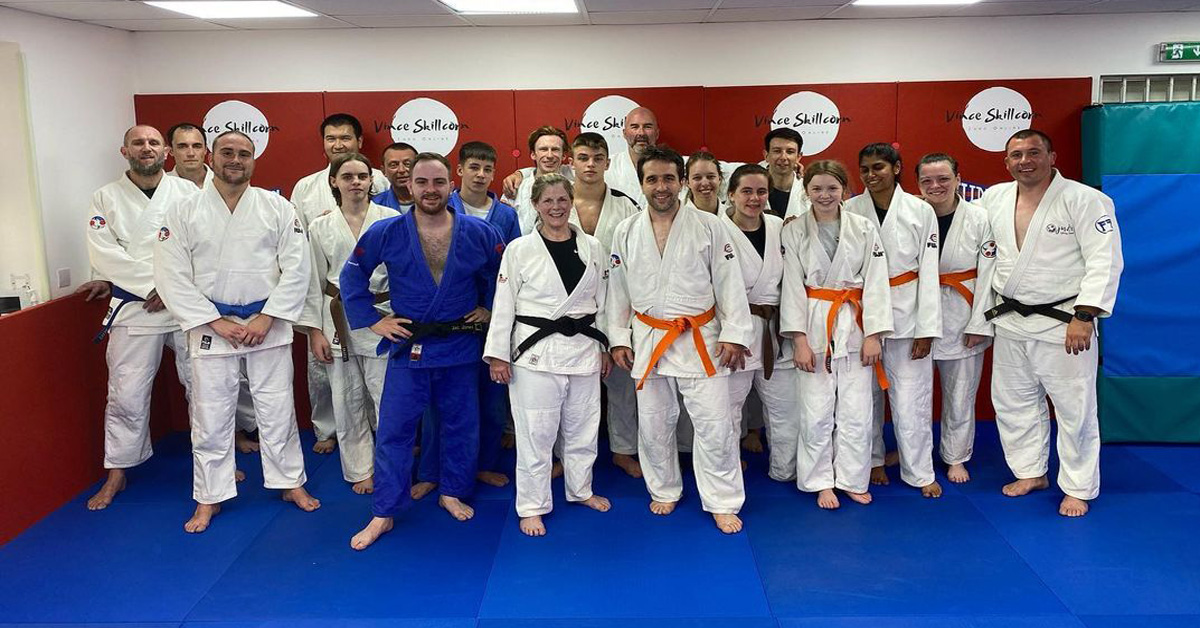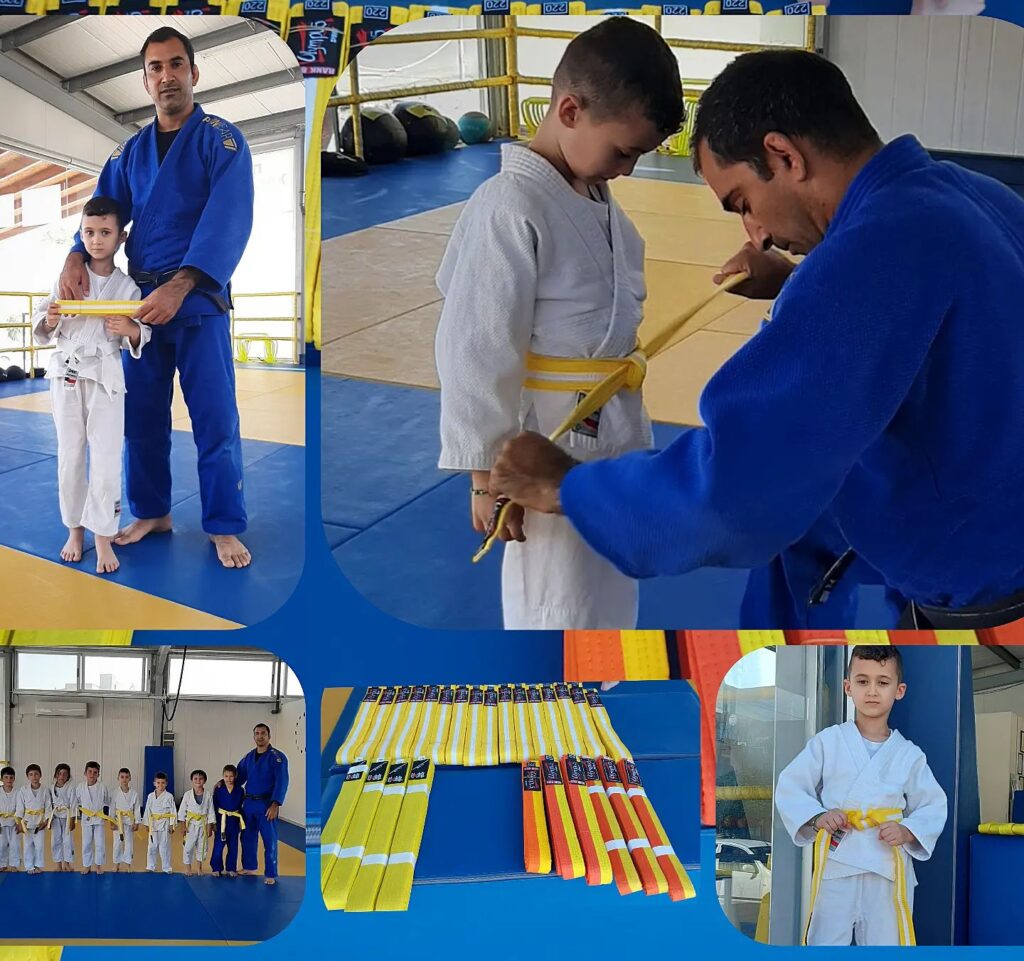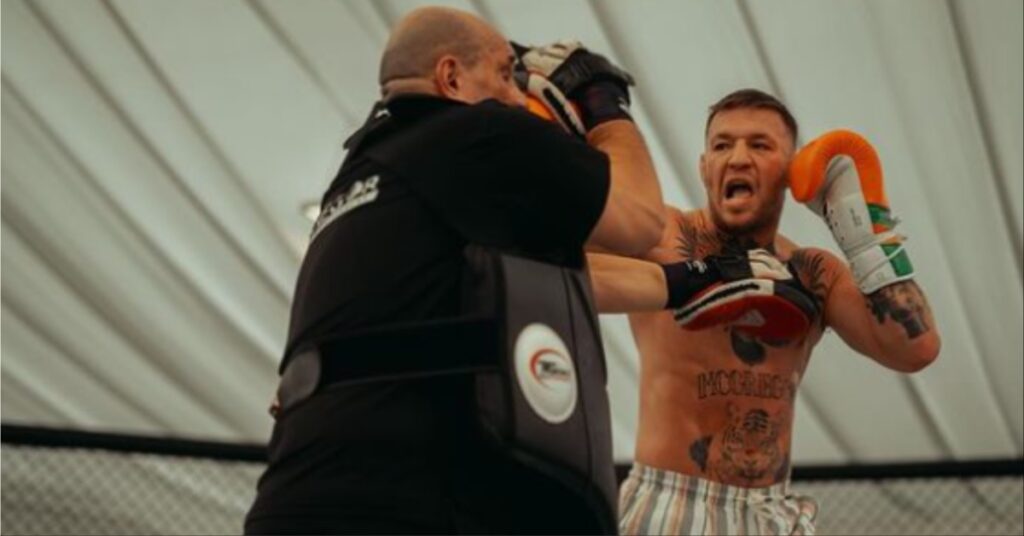Judo Belt System: Explained

The Judo belt system is the original martial arts ranking system created by Jigoro Kano. It is the first belt system and one of the most difficult to complete.
This is our breakdown of the Judo belt system. Detailing how it was created, the significance of each rank, and examples of the belt tests.
Contents
What is the Judo Belt System?
The Judo belt system consists of seven different ranks. Starting at your Judo journey at the white belt and then spending years working up to the rank of black belt
- White Belt: Rokkyu
- Yellow Belt: Gokyu
- Orange Belt: Yonkyu
- Green Belt: Sankyu
- Blue Belt: Nikyu
- Brown Belt: Ikkyu
- Black Belt: Shodan
The History of the Judo Belt System
The Judo belt system is actually the original martial art belt system. Before this system was introduced, most martial arts did not use a ranking system.
Students would train under their masters until they mastered their style and their master approved them to teach. Jigoro Kano wanted a way to differentiate Judo teachers from the students.
This would lead Kano to create the original Judo belt system, which consisted of two belts—white belts for students and black belts for instructors.

Problems with the Original Judo Belt System
While the original Judo belt system was a good idea, it did have its flaws. The most obvious was that having all the students wear white did not show their ability differences.
One white belt starting should not be ranked next to a student with years of training. This would lead Kano to begin expanding his Judo belt system.
He would gradually add more ranks between the white and black belts. Marking each rank with a different color, name, and significance.
The Judo Belt Tests are Created
To further add to the structure of the Judo system, belt tests for each rank would be created. For students to prove that they are ready to be promoted, they must undergo a test of knowledge.
The tests are a way for Judo students to demonstrate their knowledge of certain techniques and how to perform them. These tests would start easy and then gradually increase in difficulty with each rank.

Are There Ranks Beyond The Colored Ranks?
The colored ranks are the first stage of the Judo belt system. After you become a black belt, your journey through the dan ranks begins.
There are ten ranks of black belt that a Karate student could potentially earn.
- 1rst Grade: Shodan
- 2nd Grade: Nidan
- 3rd Grade: Sandan
- 4th Grade: Yandan
- 5th Grade: Godan
- 6th Grade: Rokudan(Red or Black w/ White)
- 7th Grade: Shichidan(Red or Black w/ White)
- 8th Grade: Hachidan(Black or Red & White)
- 9th Grade: Kudan(Red or Black)
- 10th Grade: Judan(Red or Black)
It takes between 3 to 5 years to receive your first promotion in the black belt ranks. This time frame is then doubled for each of the next higher ranks.
The Judo Belt Test
In order to receive a promotion in Judo, students must pass a belt test. Here are some examples of what a standard Judo belt test looks like.
The White Belt Test
Nage-Waza
- Osoto-Gari
- Osoto-Otoshi
- Uki Goshi
- O-Goshi
- Tsuri-Goshi
- Ippon Seoi-Nage
- Deashi-Barai
- Tai-Otoshi
- Ouchi-Gari
- Kouchi-Gari
- Kosoto-Gake
Ukemi
- Zempo-Ukemi
- Koho-Ukemi
- Yoko-Ukemi
- Zempo-Kaiten
Ne-Waza
- Kesa-Gatame
- Kuzure Kesa-Gatame
- Yoko-Shiho-Gatame
- Kesa-Gatame Escapes(2)
- Yoko-Shiho-Gatame Escapes(2)
The Yellow Belt Test
Nage-Waza
- Morote-Seoi-Nage
- O-Goshi
- Uki Goshi
- Tsuri Goshi
- Koshi-Guruma
- Sode-Tsurj-Komi-Goshi
- Tsuri-Komi-Goshi
- Sasae-Tsuri-Komi-Ashi
- Tsubame-Gaeshi
- Okuri-Ashi-Barai
- Kosoto-Gake
- Kosoto-Gari
- Kouchi-Gari
- Kouchi-Gake
Ukemi
- Zempo-Ukemi
- Koho-Ukemi
- Yoko-Ukemi
- Zempo-Kaiten
Ne-Waza
- Kami-Shio-Gatame & Escapes
- Kuzure Kesa-Gatame & Escapes
- Tate-Shio-Gatame & Escapes
- Nami-Juji-Jime
- Gyaku-Juji-Jime
- Kata-Juji-Jime
- Juji-Gatame
The Orange Belt Test
Nage-Waza
- Harai-Goshi
- Kata-Guruma
- Uki-Otoshi
- Tani-Otoshi
- Tsuri-Komi-Goshi
- Sode-Tsuri-Komi-Goshi
- Hiza-Guruma
- Sukui-Nage
- Tomoe-Nage
- Uki-Waza
- Osoto-Guruma
Ne-Waza
- Kata-Gatame
- Ushiro-Kesa-Gatame
- Hadaka-Jime
- Kata-Ha-Jime
- Okuri-Eri-Jime
- Sode-Guruma-Jime
- Ude-Garami
- Ude-Hishigi-Ude-Gatame
- Waki-Gatame
Counters & Mixes
- Nage-No-Kata to Koshi Waza
- Harai Goshi Counter Against Osoto Gari
- Counter Tana-Otoshi
- Ouchi-Gari to Neoi-Sage & Vice-Versa
- Seoi Nage to Kesa-Gatame
The Green Belt Test
Nage-Waza
- Uchi-Mata
- Hane-Goshi
- Ushiro-Goshi
- Ashi-Guruma
- Harai-Tsurikomi-Ashi
- Morote-Gari
- Hikkomi-Gaeshi
- Sumi-Gaeshi
- Kuchiki-Taoshi
- Kibisu-Gaeshi
- Ouchi-Gaeshi
Ne-Waza
- Ryote-Jime
- Tsukkomi-Jime
- Hiza-Gatame
- Sankaku-Jime
The Blue Belt Test
Nage-Waza
- Sumi-Otoshi
- O-Guruma
- Yoko-Wakare
- Yoko-Gake
- Yoko-Otoshi
- Yoko-Guruma
- Uchi-Mata-Sukashi
- Harai-Makikomi
- Osoto-Makikomi
- Uchi-Makikomi
- Soto-Makikomi
Ne-Waza
- Koshi-Jime
- Hara-Gatame
The Brown Belt Test
Nage-Waza
- Utsuri-Goshi
- Ura-Nage
- Tawara-Gaeshi
- Daki-Age
- Obi-Otoshi
- Yama-Arashi
- Daki-Wakare
- Hane-Makikomi
- Uchi-Mata-Gaeshi
- Hane-Goshi-Gaeshi
- Harai-Goshi-Gaeshi
- Kouchi-Gaeshi
Ne-Waza
- Utsuri-Goshi
- Ura-Nage
- Tawara-Gaeshi
- Daki-Age
- Obi-Otoshi
- Yama-Arashi
- Dake-Wakare
- Hane-Mikikomi
- Uchi-Mata-Mikikomi
- Uchi-Mata-Gaeshi
- Hane-Goshi-Gaeshi
- Harai-Goshi-Gaeshi
- Kouchi-Gaeshi
The Black Belt Test
The black belt test is the last and hardest test within the Judo belt system. Black belt candidates undergo extensive tests to demonstrate their knowledge of Judo.
These tests include demonstrating techniques from all ranks and combinations of these different techniques. Also, including nage-waza or ground techniques.
Randori (Sparring)
In order to be promoted through the Judo belt system, students must participate in Randori (sparring). Live rounds against teammates, where they attempt techniques against a resisting opponent, who is also trying to throw them.
The number of Randori rounds depends on the school a student attends and what test they’re doing. As Judo students get higher in rank, the rounds of Randori they must do goes up.
How Long Does it Take to Complete the Judo Belt System?
On average, it takes a Judo student between 8-10 years to complete the Judo belt system and earn a black belt. Again, this is just the average time if a Judo student that consistently.
The time could be less or more depending on various factors, from how often someone trains and talent.

What Other Martial Arts Were Inspired by the Judo Belt System?
The Judo belt system inspired numerous martial arts to develop their own belt system. Further structuring the system of their style like Judo had done.
Some of the martial arts that developed their own belts systems include:






